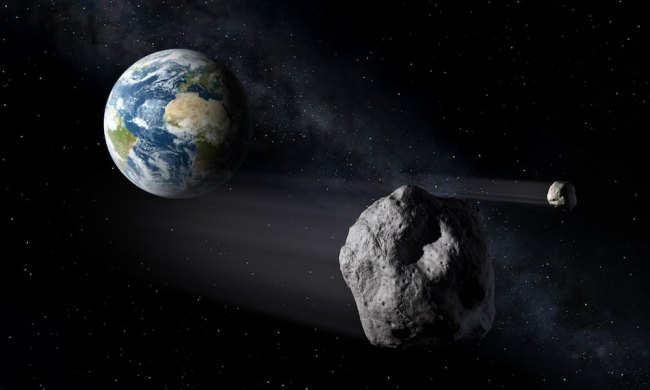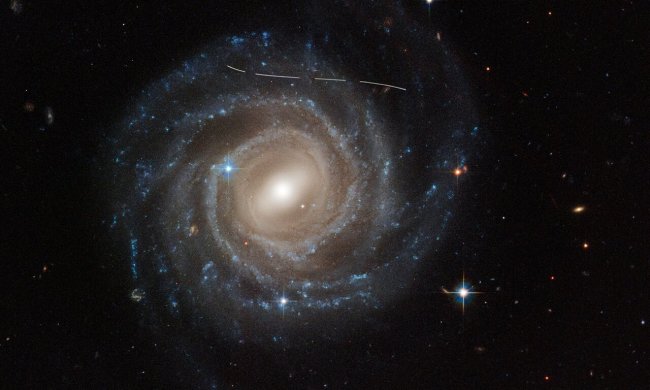Scientists studying the sample collected in 2023 from asteroid Bennu have announced a dramatic finding: they have identified the key building blocks of life within the sample. Although this does not mean that life is present on Bennu, a small asteroid in our solar system, it does show that the conditions for life to emerge are present in locations beyond Earth.
Researchers have been studying the 121-gram sample since it was dropped into the Utah desert by NASA’s OSIRIS-REx mission in September 2023. Now, in a pair of two papers published in the journals Nature and in Nature Astronomy, scientists announced they have identified 14 of the 20 amino acids that life on Earth uses to make proteins within the sample. Additionally, the sample also shows evidence that saltwater was once present on the asteroid, which would have provided a medium for these compounds to interact.
“These samples from Bennu are an incredible discovery, showing that the building blocks of life were widespread across the early solar system,” said Dante Lauretta of the University of Arizona, leader of the OSIRIS-REx mission. “By studying how these ingredients interacted in environments like those on Bennu and in places inferred for the early Earth – such as salty ponds similar to those Darwin once imagined – we can better understand how life might emerge and where to search for it beyond our planet.”
As well as the amino acids, scientists also identified 11 minerals that are formed when saltwater evaporates, giving information about the asteroid’s watery past. The presence of these minerals indicates that it was warm enough for the asteroid to host liquid water at some point, likely in underground pockets, which would provide a location for the necessary chemical reactions for life to occur.

Some of the minerals identified in the Bennu sample have never been found in a sample from beyond Earth before, and finding them indicates that the conditions for life to emerge are not unique to our planet. Researchers describe the early solar system as “teeming with the potential for life,” with the big open question now being why life developed here but not elsewhere.
“This is the kind of finding you hope you’re going to make on a mission,” said researcher Tim McCoy of the Smithsonian’s National Museum of Natural History. “We found something we didn’t expect, and that’s the best reward for any kind of exploration.”




